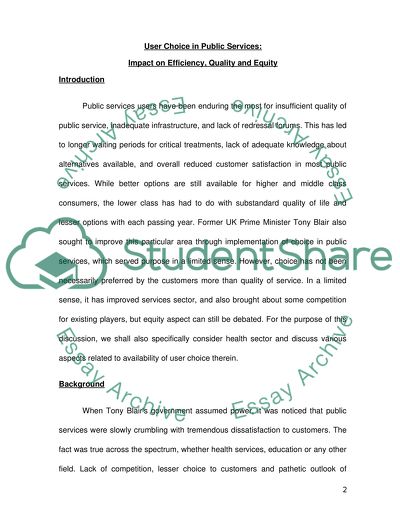Cite this document
(“User Choice in Public Services Essay Example | Topics and Well Written Essays - 2500 words”, n.d.)
User Choice in Public Services Essay Example | Topics and Well Written Essays - 2500 words. Retrieved from https://studentshare.org/sociology/1530536-user-choice-in-public-services
User Choice in Public Services Essay Example | Topics and Well Written Essays - 2500 words. Retrieved from https://studentshare.org/sociology/1530536-user-choice-in-public-services
(User Choice in Public Services Essay Example | Topics and Well Written Essays - 2500 Words)
User Choice in Public Services Essay Example | Topics and Well Written Essays - 2500 Words. https://studentshare.org/sociology/1530536-user-choice-in-public-services.
User Choice in Public Services Essay Example | Topics and Well Written Essays - 2500 Words. https://studentshare.org/sociology/1530536-user-choice-in-public-services.
“User Choice in Public Services Essay Example | Topics and Well Written Essays - 2500 Words”, n.d. https://studentshare.org/sociology/1530536-user-choice-in-public-services.


